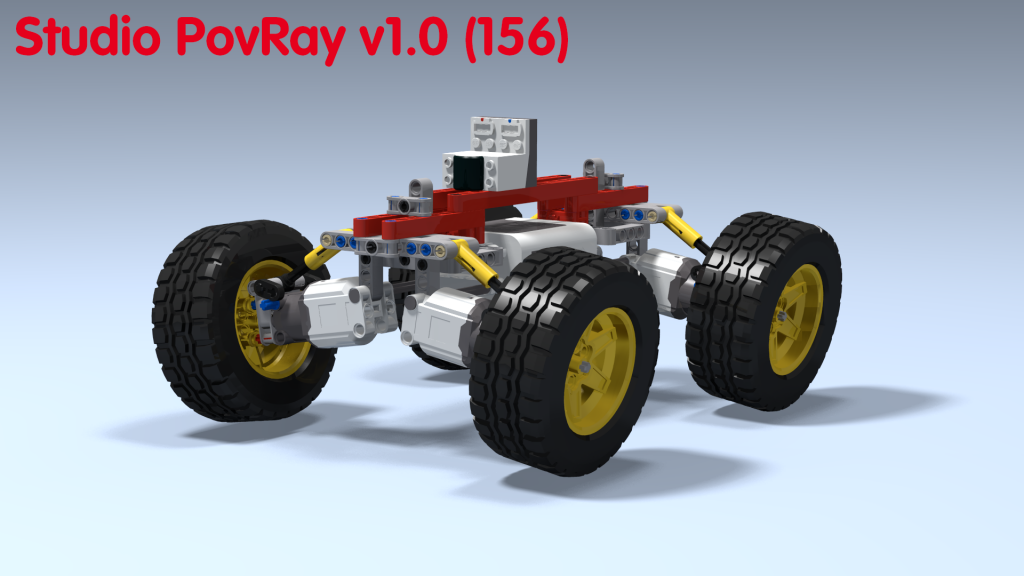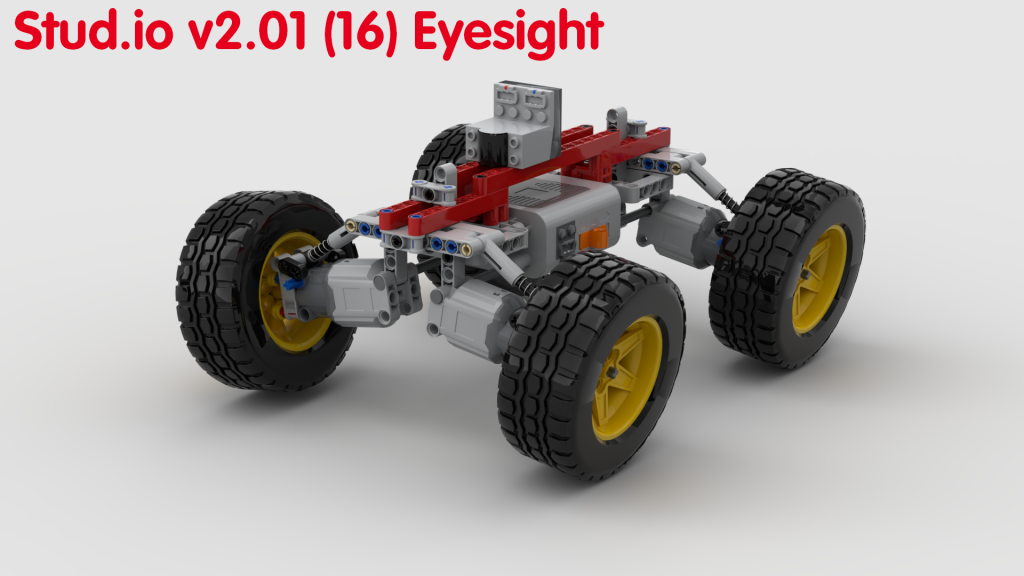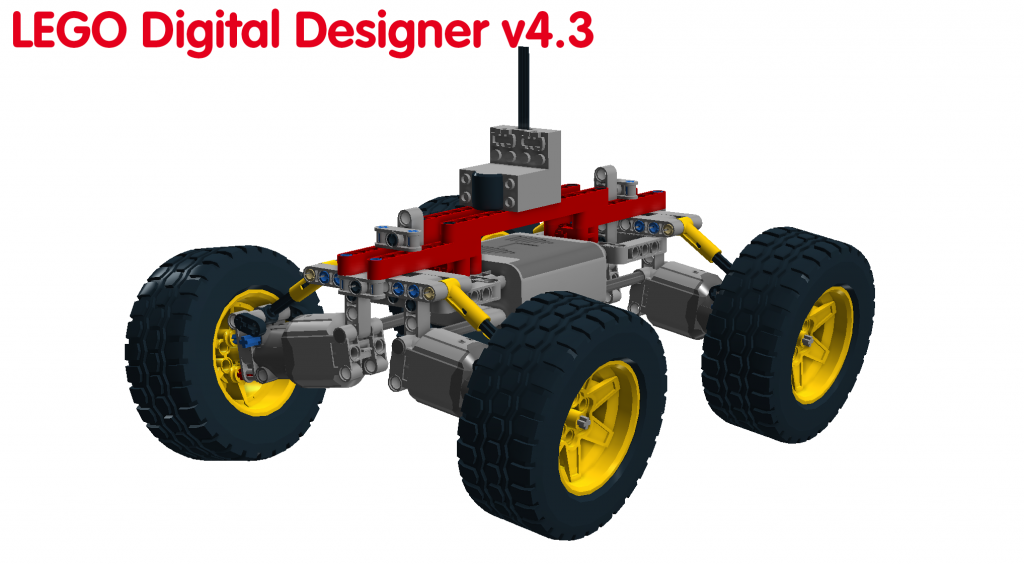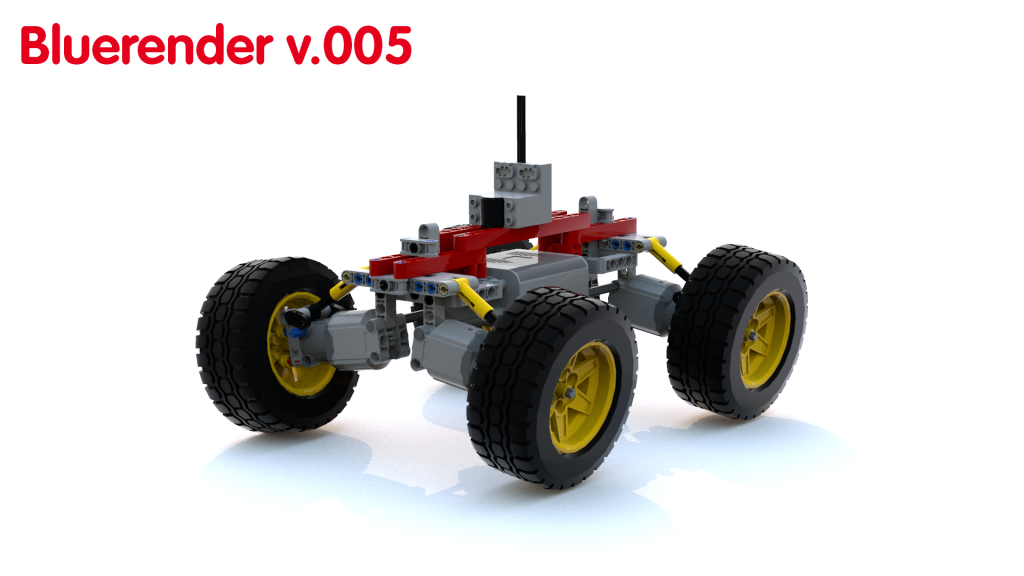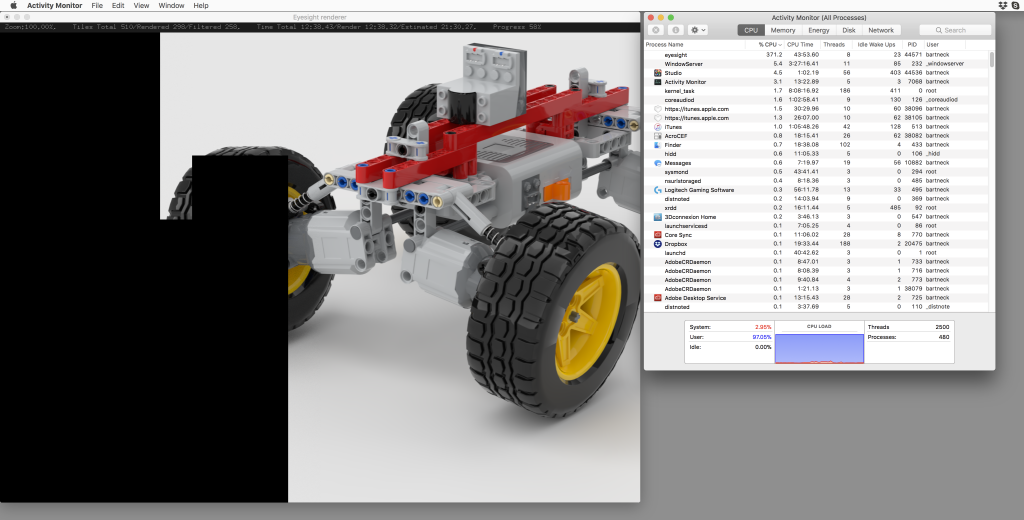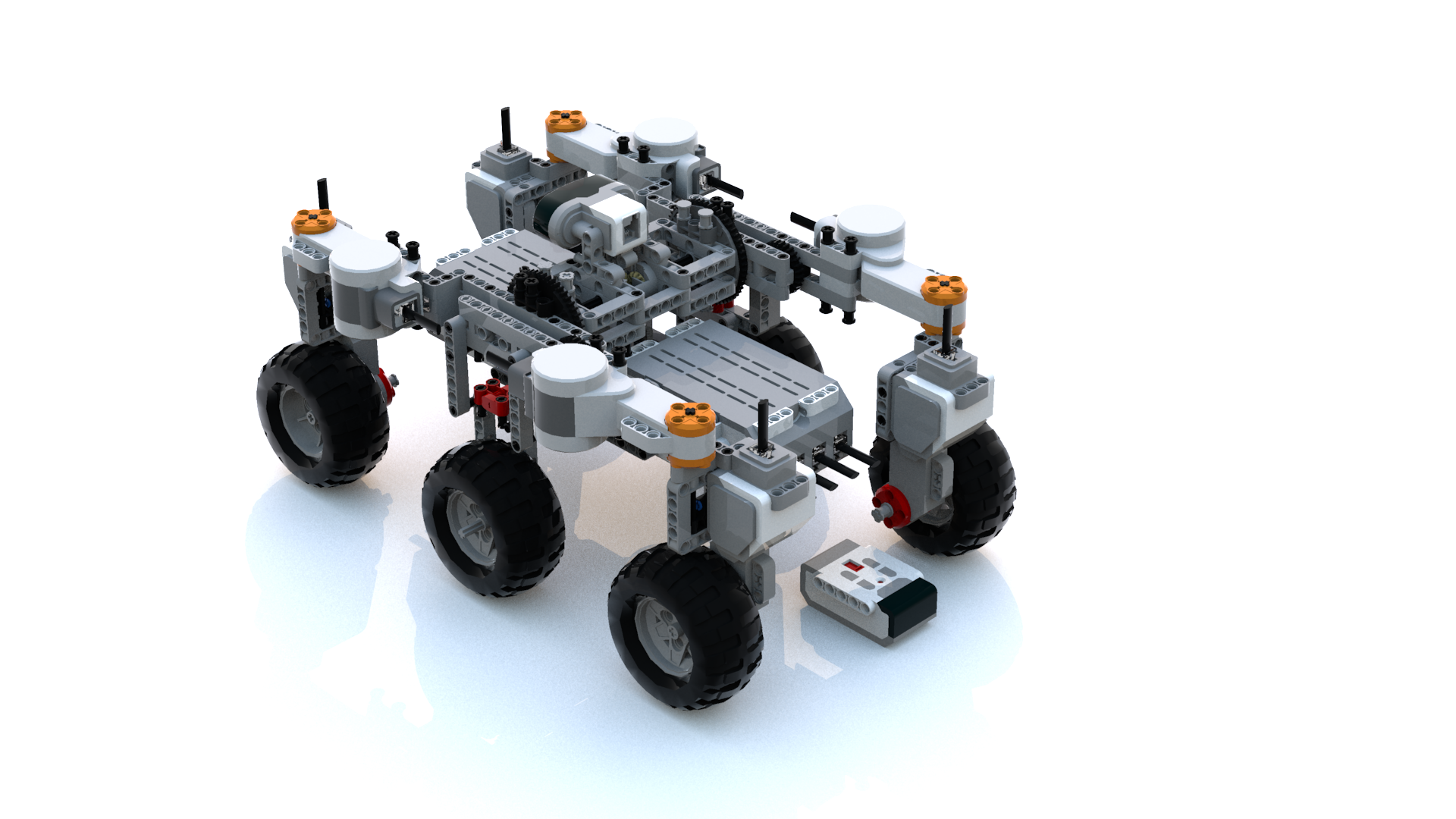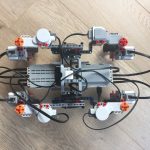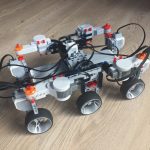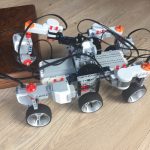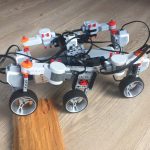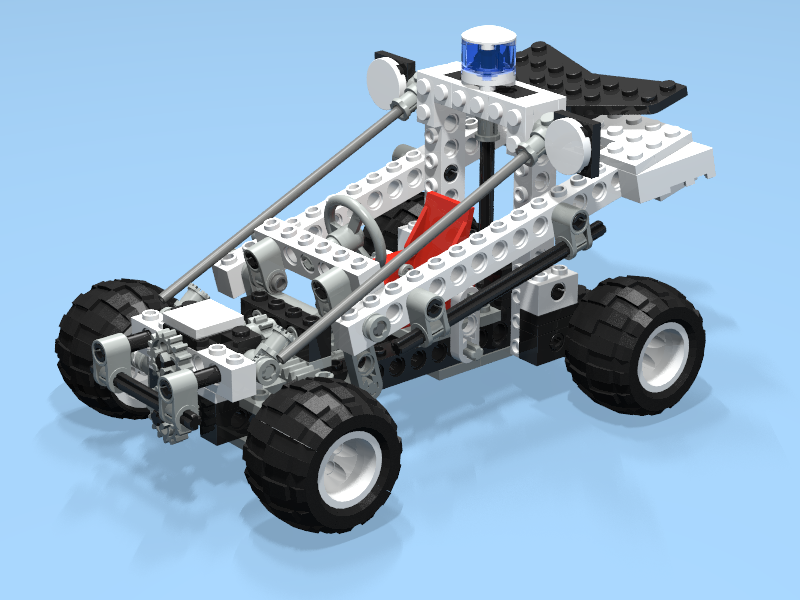Building LEGO digitally has many advantages, such as having an unlimited number of bricks at your disposal. While these digital models can be shared it is also desirable to create a photorealistic rendering of the final model. There are currently three major software packages to build digital LEGO:
- LEGO Digital Designer
This is the most comfortable editor for all platforms, but LEGO’s support for this software is in doubt. The build in render engine is not the best, but you can use Bluerender that in turn uses PovRay for rendering your model. - LDraw
Draw is the oldest software and it is maintained by the LEGO community. There are several different editor and render tools available. - Stud.io
This software was developed by Bricklink and it uses LDraw for its parts and PovRay for the rendering. In its newest Beta version Stud.io is using a new render engine called Eyesight. - Mecabrick
This online software runs in your browser and you need to pay for having your image rendered on theirs server farm. They did not have the L-Motor in their library and hence I could not render my model there.
So lets compare the results of the render engines. Below you find the rendered images of all software packages set to their maximum quality level. I also uploaded these images to Flickr. It is very clear that the new rendering engine from Stud.io is far superior to all other rendering engines and this alone might motivate you to adopt this software as your default LEGO digital design tool.
It is also interesting to notice how efficient Stud.io uses the computers computing power to render. Here is a screenshot of my CPU load during rendering:

